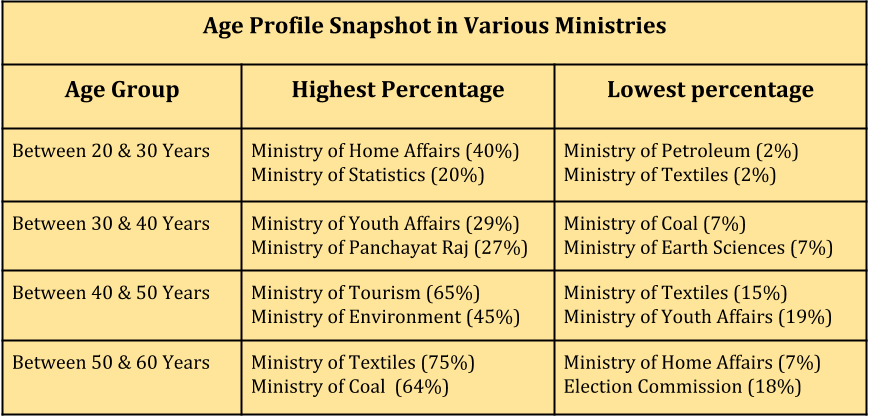Wage hike in 7th Pay Commission and Trade Union Action
Wage hike and trade union action
Comrades ,
The 7th CPC has cheated the 35 lakhs Central Government Employees and 50 lakhs pensioners, by announcing meagre 14.29% wage hike, in actual term of increase for serving employees after deduction of Income tax, enhanced subscription of CGEIS, licence fee, CGHS etc the net increase is actually varies from 1% to 4 % increase.
The 7th CPC has cheated the 35 lakhs Central Government Employees and 50 lakhs pensioners, by announcing meagre 14.29% wage hike, in actual term of increase for serving employees after deduction of Income tax, enhanced subscription of CGEIS, licence fee, CGHS etc the net increase is actually varies from 1% to 4 % increase.
The similar situation was existing for
central Government employees during the 5th CPC , as the 5th CPC had
recommended 20% wage hike after strike notice was served then the Third
Front Government agreed to provide 40% wage hike, recently the 6th CPC
had provided 54% wage hike.This is lowest wage hike by any pay
commission.
The Central Government Employees are
having 10 years wage revision against the basic principle of 5 years
wage revision adopted by all other Government agency such as Banks
Employees, PSU employees etc. The bank employees were initially offered
around 10% wage hike , after sustained trade union action they got 15%
wage hike from with effect from 1st November 2012. Cumulatively it works
out to more than 35 % wage hike for 10 years. The AP and Telangana
state government employees got recently 40 % wage hike the pay
commission of AP had also adopted Dr. Aykroyd formula and 15th ILO norms
and fixed at Rs 13,000/- minimum wage as on 1st July 2013 , if we
calculate the minimum wage on this basis for the Central Government
Employees the minimum wage works out to Rs 25,000/- and fitment formula
of 3.57 .
Comrades let us fight united under the
NJCA banner to achieve a decent wage hike, the 7th CPC has erred in the
calculation of minimum wage for the Central Government Employees it has
fixed at Rs 18000/ against the staff side demand of Rs 26,000/-. while
calculating the minimum wage as per Dr. Aykroyd formula and 15th ILO
norms the 7th CPC has taken wrong prices of the essential items for
example the price of one kg of pulses as Rs 97.84 against the market
price of Rs 180/- , similarly the price of one kg of rice and wheat as
Rs 25.93 against the market price of Rs 50/- & Rs 40, and 7th CPC
has modified the Dr. Aykroyd formula and 15th ILO norms. The 7th CPC has
taken 125% DA into consideration, at present the DA is likely to cross
125% , the prices of essential commodity including rice and pulses are
showing increase in last month and further rise due to floods and
draught in many states.
Overall the 7th CPC has erred in
calculation of minimum wage for the Central Government Employees there
by denying the correct fitment formula and justify wage hike. Comrade it
is time to mobilize, educate and prepare for trade union action. Like
bank employees we should also get justify wage agreement.
Comradely yours
(P.S.Prasad)
General Secretary
General Secretary
Source: http://karnatakacoc.blogspot.in/



















